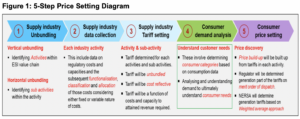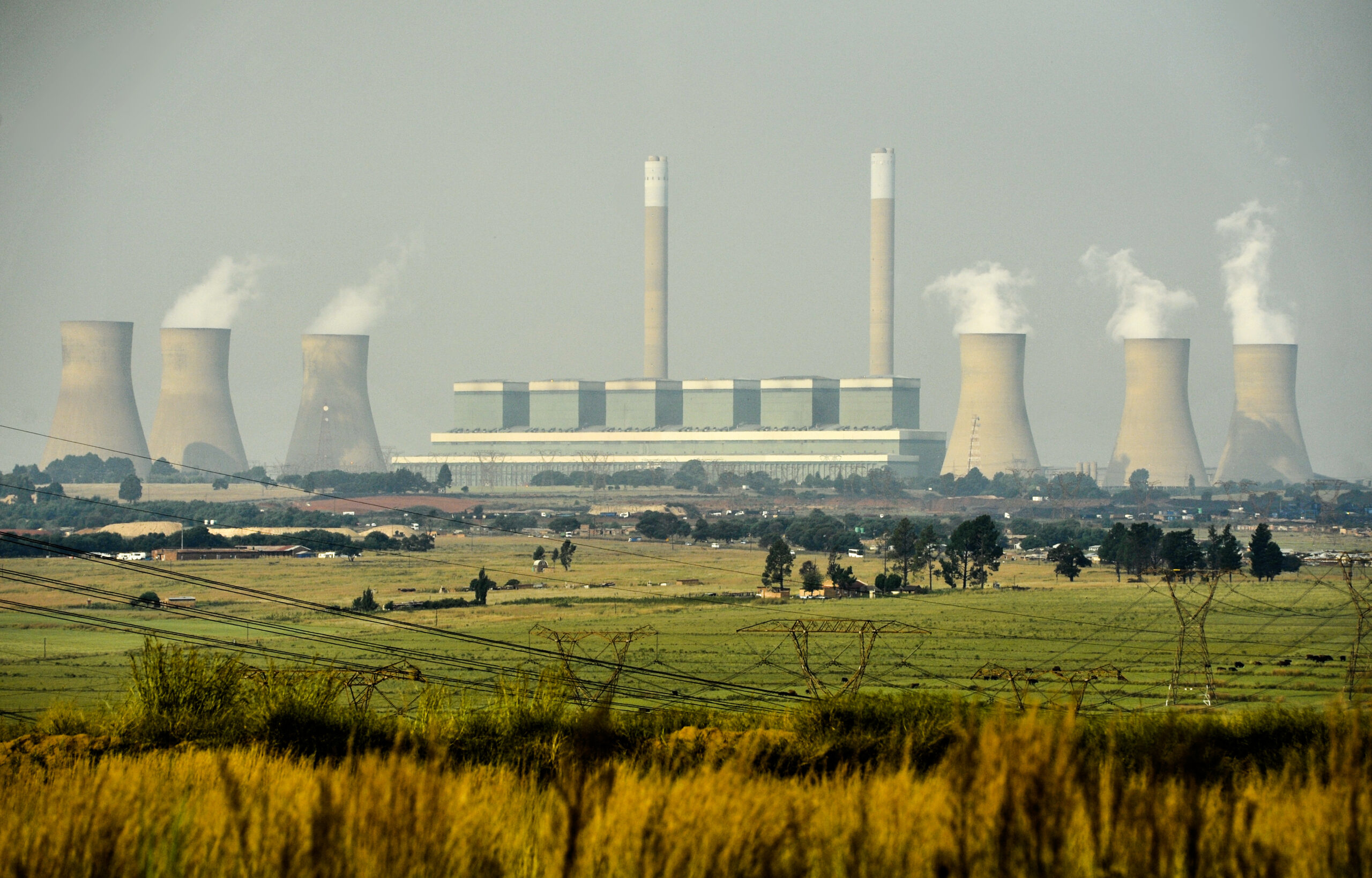How are South Africa’s electricity prices determined?
The way South Africa’s electricity prices are set is complex — and hotly debated. The National Energy Regulator of South Africa (Nersa) sets the tariffs that Eskom can charge for electricity generation and that municipalities can charge for distribution. Yet, the utility and regulator have been at odds over the methodology for years.
In August, Nersa published its long-awaited consultation paper for the proposed overhaul of the country’s electricity price hikes. Once again, Eskom is not pleased.
Explaining the Multi Year Price Determination methodology
Since 2006, Nersa has used the Multi Year Price Determination (MYPD) methodology to set electricity tariffs. The MYPD was designed to maintain price stability and provide for massive capital investments in new generation capacity.
While Nersa has seemingly attempted to shield customers from the worst of Eskom’s price increases, the MYPD has still hammered customers with hikes far above inflation. Between 2006 and 2023, Eskom’s average electricity tariff leapt from 17.79 cents per kWh to over R1.51 — a massive 749 per cent increase. Over the same period, inflation rose by just about 158 per cent.
Nersa and Eskom at odds
One contributing factor is that under the MYPD, Nersa allows Eskom to apply for tariff hikes based on operational costs as well as projected sales revenues. Controversially, the methodology also includes a ‘clawback’ clause, which allows the utility to recover ‘lost’ revenues in future tariff increases. As a result, Eskom has been applying for increasingly higher tariff hikes each year. Nersa has often dismissed these, capping prices at a lower rate to the benefit of energy users.
As an example, in late 2021, Eskom applied for an increase of 20.5 per cent for the financial year 2022-23. But, Nersa granted an increase of just 9.61 per cent – less than half what Eskom requested. The regulator described its decision as “balancing” the interests of Eskom, consumers struggling with the cost of living and the economy as a whole.
Over time, Eskom’s financial losses and debts have worsened. This has led to several high-profile court battles – which Nersa lost – forcing the whole debacle back to the drawing board.
Tensions peaked in the latest round of applications, where, amid record load shedding and Eskom’s deepest financial crisis to date, Nersa was forced to allow the utility to hike tariffs by more than 18 per cent in 2023/24.
What are Nersa’s new tariff structure proposals?
Under Nersa’s Electricity Price Determination Methodology (EPDM) rules consultation paper, the new rules aim to switch electricity tariff determinations from a “from a revenue-based approach, focussing only on Eskom, to a cost-to-serve approach, focussing on the broader electricity industry” that will be evolving over the coming years.
A new EDPM for a changing energy market
Nersa’s proposed structure takes into account changes in the regulatory landscape, said the regulator. This includes the unbundling of Eskom into three different entities and increasing number of independent electricity producers in the country.
“The unbundling of the electricity supply industry, changes in legislation and the introduction of independent power market participants have imposed a need to review and change the existing pricing methodology,” read Nersa’s consultation paper.
“The reviewers remain cognisant that a new price approach must enable greater transparency, efficiency and cost reflectivity. They also recognise that services might be provided by different service providers who must have clear unbundled, cost-reflective tariffs to compensate them for their costs.”
Scrapping the clawback clause
One massive change in the proposed methodology is scrapping the clawback of revenue permitted under the regulatory clearance account (RCA). This has been hugely beneficial to Eskom, allowing for additional price increases for future years to compensate for the discrepancy between projected and actual revenue in previous years.
For instance, Nersa granted Eskom an additional R31.1 billion in revenue as part of the RCA in 2021-2022, and a further R13.9 billion in 2022-2023. These amounts arise from shortfalls in previous years.
According to Nersa, Eskom has abused the RCA to recover revenue from lost sales — something which should be a risk management mechanism by the utility. “No business under conventional economic principles should be guaranteed a revenue. The revenue requirement approach does not protect a regulated company from normal business risk”, the regulator said.
The five-step methodology for setting electricity prices
Aside from scrapping the RCA, Nersa said it will apply the same five-step methodology used to calculate regulated rates in the past. This will entail the following:

- Identify the expenses and capital costs that meet revenue requirement
- Identify the different activities and functionalise the costs into the different price-regulated activities and price-unregulated activities
- Identify the costs classified into different cost categories: fixed, variable, and customer-specific
- Allocate the classified costs to specific customer classes
- Calculate rates for each customer class using billing requirements.
Eskom’s response to Nersa’s proposals
Nersa previously published the EPDM for stakeholder consultation in June 2022, after which it held workshops and a webinar to gather input from the electricity supply industry (ESI) about its proposals.
Among a number of issues Eskom raised through the consultation, one is that the new tariff structure could result in surging electricity prices. Nersa’s plan includes a substantial increase in the costs of fixed capacity charges. The utility and analysts have warned that this approach could lead to customers with variable load, such as solar power systems, paying electricity tariffs over 1,000 per cent higher than big power consumers like mines pay.
However, the proposals also envision the introduction of time-of-use tariffs, which could help offset some of this increase. A feed-in tariff system will also give users credit for any extra electricity they push back into the grid.
Nersa gave stakeholders until 16:00 on 14 September 2023 to submit comments on the consultation paper.
Public hearings on the EPMD rules took place on Friday, 15 September 2023 and Monday, 18 September 2023.
Related Articles
The bad reason South Africa is making good on emissions targets
If current carbon emission trends continue, South Africa might actually be on track to meet its 2030 emissions targets under the Paris Agreement. This is according to research done by the Department of Forestry, Fisheries and the Environment (DFFE). And the reason for this? Mostly load shedding. The data was revealed in the DFFE’s 2023 […]
Eskom: Green energy saves water
Generating electricity from fossil fuels has a hidden cost: South Africa’s already scarce supply of fresh water.




